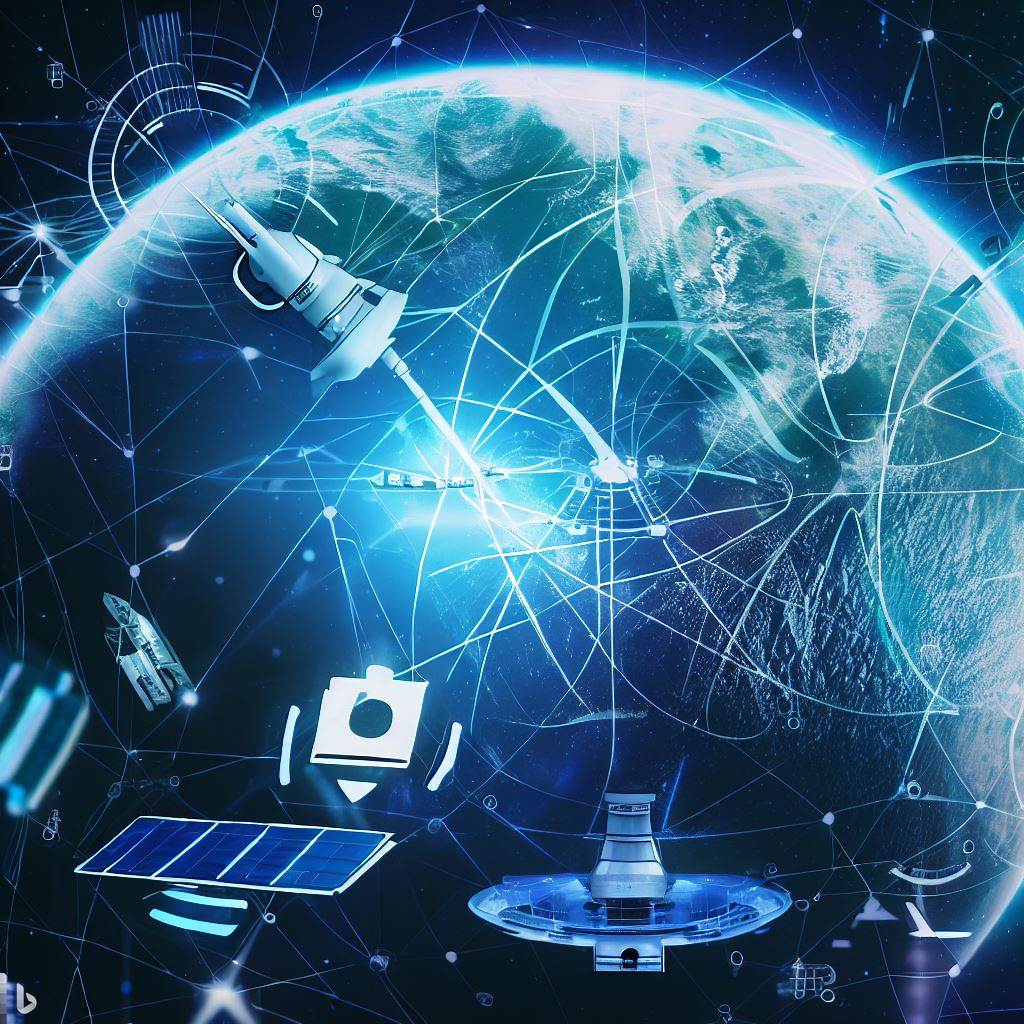The Internet of Things (IoT) has emerged as a transformative technology, connecting billions of devices and enabling seamless data exchange across industries. However, for IoT to reach its full potential, achieving ubiquitous coverage is paramount. While cellular connectivity has been the go-to solution, it has its limitations. Here, we explore how Satellite IoT complements cellular connectivity, paving the way toward achieving universal IoT coverage.
- The Need for Ubiquitous Coverage
Ubiquitous coverage in the IoT ecosystem is crucial to enable real-time data communication and remote monitoring across diverse environments. Whether it’s smart agriculture, industrial automation, logistics, or environmental monitoring, reliable and continuous connectivity is vital. Unfortunately, traditional cellular networks often struggle to provide consistent coverage in remote or challenging terrains, limiting the IoT’s reach and potential.
- The Limitations of Cellular Connectivity
Cellular connectivity operates through terrestrial-based towers and base stations. While it offers satisfactory coverage in urban and suburban areas, it encounters significant challenges in rural and remote regions. Factors like the cost of infrastructure development and geographical barriers make it economically unviable to deploy cellular networks in certain areas. Consequently, IoT applications in these regions suffer from connectivity gaps, hampering data transmission and analysis.
- Advantages of Satellite IoT
Satellite IoT presents a game-changing alternative to complement and enhance traditional cellular connectivity. Leveraging a network of satellites in orbit, satellite IoT extends connectivity to even the most remote and isolated locations worldwide. Some key advantages include:
a. Global Coverage: Satellite IoT eliminates geographical limitations by offering global coverage. Whether it’s an offshore oil rig, a mountainous region, or a remote rural community, satellite-enabled devices can stay connected without any terrestrial infrastructure.
b. Reliability: Satellite networks are known for their high reliability. They are less susceptible to service disruptions caused by natural disasters or infrastructure failures, ensuring a stable connection for mission-critical applications.
c. Scalability: As IoT deployment continues to grow, satellite networks can effortlessly scale to accommodate a massive number of connected devices, ensuring smooth data flow without compromising on quality.
d. Low Latency: With advancements in satellite technology, latency issues have been significantly reduced, making it suitable for real-time applications like connected vehicles, critical infrastructure monitoring, and telemedicine.
- Use Cases for Satellite IoT
Satellite IoT’s capabilities open doors to a wide range of applications:
a. Remote Asset Monitoring: Satellite-connected sensors can monitor and track assets like ships, containers, and heavy machinery in real-time, enhancing operational efficiency and security.
b. Environmental Sensing: Researchers can gather data from remote areas to monitor environmental changes, track wildlife, and assess climate patterns.
c. Emergency and Disaster Response: During natural disasters, when terrestrial communication might be compromised, satellite IoT provides essential communication channels for first responders and disaster relief teams.
d. Precision Agriculture: Satellite-enabled IoT devices help farmers optimize irrigation, monitor crop health, and predict weather conditions, leading to improved yields and resource management.
- Future Outlook
The synergy between Satellite IoT and cellular connectivity holds the key to achieving ubiquitous IoT coverage. As technology advances, costs will likely decrease, making satellite-enabled devices more accessible to a broader range of industries and applications. In turn, this will spur innovation, leading to new IoT use cases that were once inconceivable due to connectivity limitations.
Conclusion
In conclusion, Satellite IoT serves as a powerful complement to traditional cellular connectivity, filling the gaps in coverage and offering a reliable, global network for the Internet of Things. With the ability to connect devices in remote and challenging locations, Satellite IoT empowers industries to explore new frontiers and create a more connected and sustainable world. As we move forward, embracing the potential of Satellite IoT will play a pivotal role in achieving ubiquitous IoT coverage and unleashing the full power of the Internet of Things.











